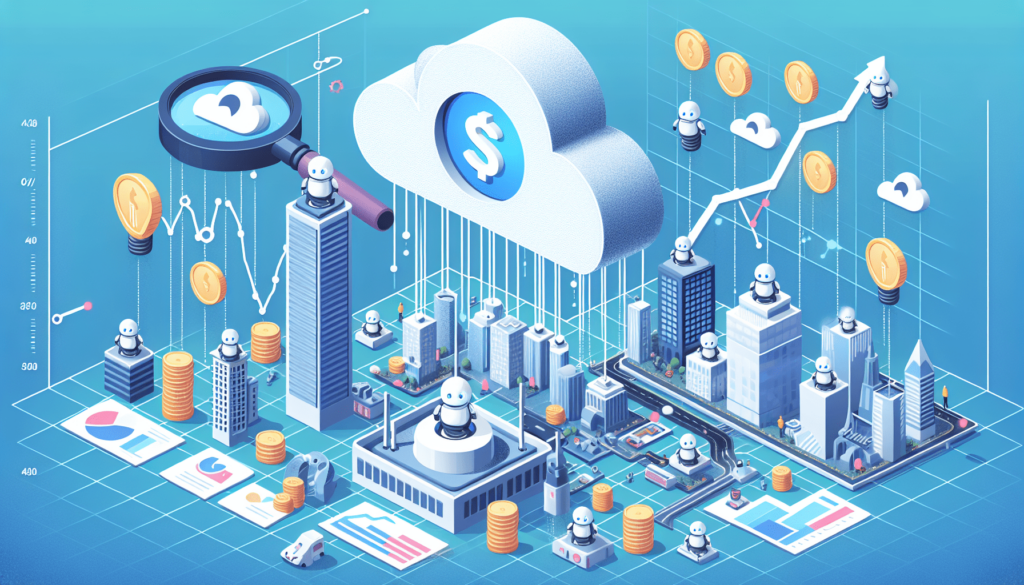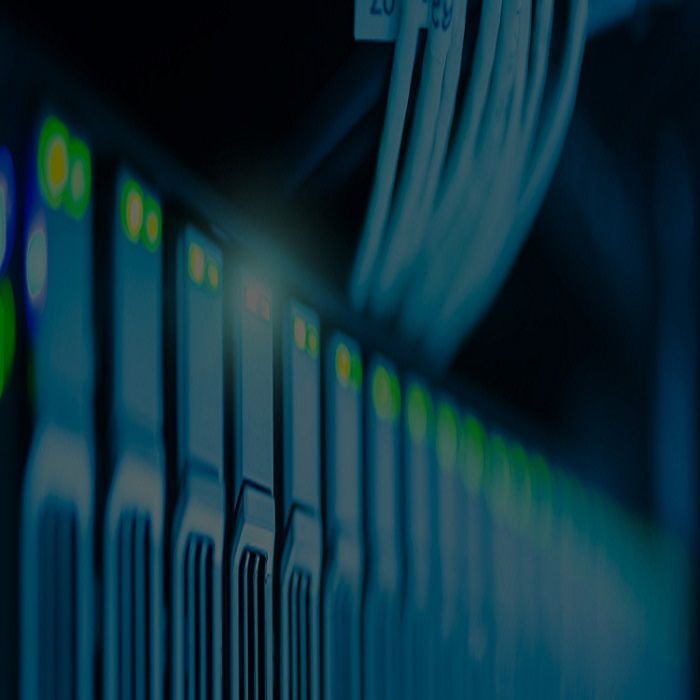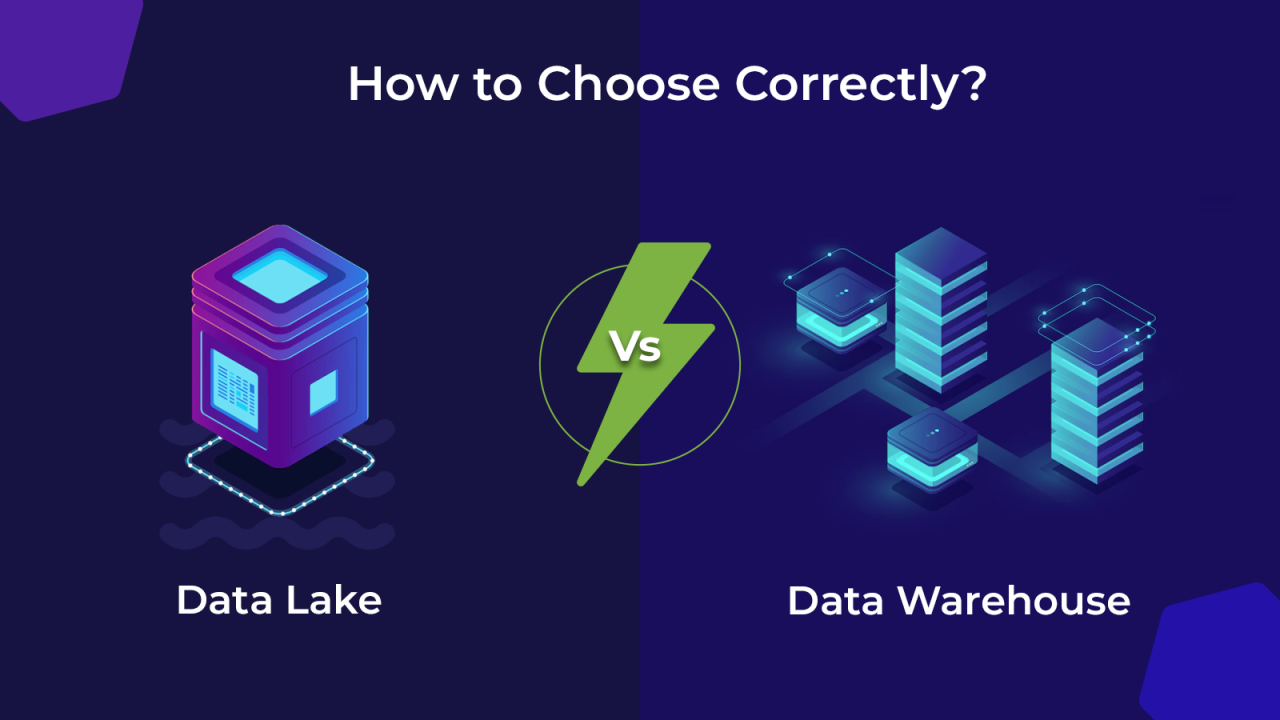The Dawn of Cognitive Cloud Infrastructure
The technology landscape is undergoing a radical shift, moving beyond mere virtualization and distributed systems into an era defined by cognitive cloud infrastructure. This pivotal change is being spearheaded by the rapid integration of Artificial Intelligence (AI) and Machine Learning (ML) into every layer of cloud operations, transforming how businesses manage, secure, and scale their digital assets. For companies aiming to maintain a competitive edge and optimize their technology investments, understanding this AI-driven evolution is not just beneficial—it is an absolute necessity.
The concept of “cloud” has matured from a simple repository of data and applications to a complex, dynamic environment demanding intricate management. Traditional infrastructure management, heavily reliant on manual human intervention and predefined rules, is proving inadequate for the scale and volatility of modern cloud workloads. This is where AI steps in, offering a fundamental change by introducing autonomy, predictive intelligence, and dynamic optimization. This rewrite delves deep into the mechanisms, benefits, and future implications of integrating AI into cloud infrastructure, ensuring content is highly valuable for both SEO performance and high Cost Per Click (CPC) advertising revenue.
Why AI is the Next Cloud Frontier
The foundational drivers behind the AI-cloud convergence are rooted in modern business requirements: scale, complexity, and cost.
- Massive Scale: Cloud environments now host petabytes of data and billions of transactions daily. Manually configuring resources or troubleshooting issues at this scale is virtually impossible.
- Intense Complexity: Modern deployments involve complex architectures like microservices, serverless functions, and multi-cloud strategies, which generate intricate dependency graphs and overwhelming telemetry data.
- Optimization Mandate: With cloud costs constantly under scrutiny, businesses require real-time, granular optimization of resources to maximize return on investment (ROI), making static provisioning obsolete.
AI and ML algorithms are uniquely equipped to handle these challenges. They can consume massive data streams—logs, metrics, and tracing data—to identify hidden patterns, predict future resource needs, and automate optimization actions far faster and more accurately than any human or traditional scripting could.
Core Pillars of AI-Driven Cloud Transformation
The influence of AI is most pronounced across three critical operational pillars of cloud infrastructure: Resource Optimization, Security and Compliance, and Operations Automation (AIOps).
A. Dynamic Resource Optimization and FinOps
Cloud expenditure is often the single largest IT operating cost. AI-driven optimization moves beyond simple autoscaling to implement intelligent resource provisioning, the very core of advanced FinOps (Cloud Financial Operations).
- Predictive Scaling: Instead of reacting to sudden spikes in traffic (reactive scaling), ML models analyze historical patterns, seasonal trends, and even external factors (like marketing campaigns) to predict demand. This allows infrastructure to scale up proactively, ensuring zero downtime while avoiding over-provisioning and idle resources.
- Rightsizing and Waste Elimination: AI continuously monitors application-specific performance metrics and matches the optimal virtual machine (VM) type, container size, or serverless function memory with the actual workload requirement. This rightsizing capability is essential in eliminating the “cloud waste” that plagues most organizations.
- Intelligent Spot Instance Management: Leveraging volatile resources like AWS Spot Instances or Google Cloud Preemptible VMs can save up to 90% on compute costs. AI models are necessary here, as they predict the low-cost instance termination probability with high accuracy, automatically moving critical workloads before termination occurs, maximizing savings without compromising availability.
- Storage Tiering Optimization: For vast data lakes, AI classifies data based on access frequency and regulatory requirements, automatically moving infrequently accessed data to lower-cost archival tiers (e.g., from Standard to Infrequent Access or Glacier/Archive storage), ensuring both compliance and cost efficiency.
The result is a perpetually optimized infrastructure where costs are tied precisely to business value, a key deliverable for high-value enterprise content.
B. Cognitive Cloud Security and Risk Mitigation
Security in the cloud is a data problem. AI excels at analyzing immense quantities of security data to detect sophisticated, low-signal threats that would bypass traditional signature-based security tools.
- Behavioral Anomaly Detection (BAD): AI establishes a baseline of normal user and system behavior within the cloud environment. Any deviation—a sudden shift in access patterns, unexpected data transfer volumes, or unusual resource provisioning—is flagged instantly. This is crucial for detecting zero-day attacks and compromised accounts.
- Intelligent Vulnerability Prioritization: Cloud security posture management (CSPM) tools often generate thousands of alerts. AI algorithms prioritize these alerts based on contextual factors, such as asset criticality, public exposure, and exploitability in the current threat landscape. This allows security teams to focus on the truly high-risk vulnerabilities first.
- Automated Policy Enforcement: Using AI, companies can implement “Self-Healing” Security. If a misconfiguration (e.g., an S3 bucket is accidentally made public) is detected, the AI system can automatically revert the setting to the compliant state, often within seconds, minimizing exposure windows.
- Advanced DDoS Protection: AI analyzes incoming traffic patterns in real-time, distinguishing legitimate spikes from Distributed Denial of Service (DDoS) attacks with far greater accuracy than static rate-limiting, protecting application availability.
C. AIOps: Automated Cloud Operations
AIOps (Artificial Intelligence for IT Operations) is the application of AI and ML to large datasets of operational data to automate and enhance IT functions. This is arguably the most disruptive trend for traditional IT roles.
- Intelligent Alert Correlation: A single application issue can trigger hundreds of fragmented alerts across different systems. AI uses techniques like natural language processing (NLP) and graph analysis to group these disparate alerts into a single, cohesive, high-priority incident, reducing “alert fatigue” and speeding up root cause analysis.
- Predictive Maintenance: ML models analyze logs and performance metrics to predict component failure (e.g., disk failure, degraded network performance) before it impacts users. This allows for scheduled, proactive maintenance, ensuring higher service availability (uptime).
- Automated Root Cause Analysis (RCA): When an outage occurs, the AIOps system analyzes all preceding events to pinpoint the exact line of code, configuration change, or underlying infrastructure problem that caused the failure, drastically cutting down Mean Time to Resolution (MTTR).
- Runbook Automation: The next generation of AIOps moves beyond diagnostics to automated remediation. Based on the identified root cause, the AI initiates pre-approved automated “runbooks”—scripts or actions to resolve the issue without human intervention.
Overcoming Integration and Implementation Challenges
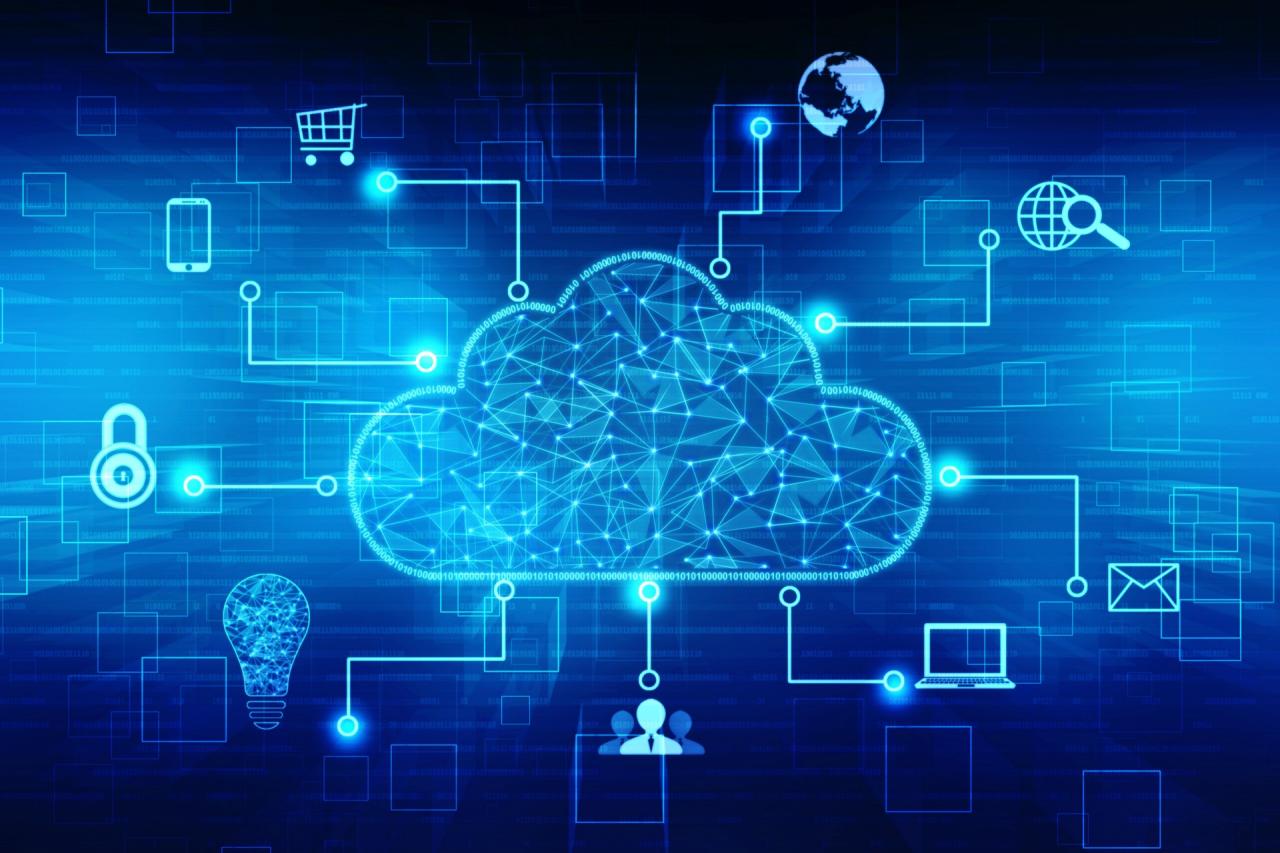
While the benefits are clear, successfully integrating AI into a mature cloud environment presents several significant hurdles that require strategic planning and investment.
A. Data Quality and Volume Requirements
AI models are only as good as the data they are trained on. High-quality, voluminous, and well-labeled operational data is the fuel for effective AIOps and security systems.
- Ingestion Bottlenecks: Collecting, cleaning, and normalizing data from disparate sources (AWS, Azure, on-premises systems, network devices) is complex.
- Data Silos: Information often remains trapped in separate monitoring tools, preventing the unified, holistic view required for advanced AI analysis.
B. Talent and Skill Gap
The successful deployment and maintenance of AI-driven infrastructure require a fusion of expertise:
- Data Scientists who understand ML model training and deployment.
- Cloud Engineers who understand infrastructure as code (IaC) and cloud architecture.
- FinOps Specialists who can translate AI-driven cost recommendations into organizational policy. The scarcity of professionals possessing all three skillsets represents a major challenge.
C. Cost and Complexity of Initial Setup
Developing custom AI/ML models for infrastructure is resource-intensive and expensive. While major cloud providers (e.g., Google Cloud’s Chronicle, Azure Sentinel, AWS CloudWatch Synthetics) offer managed AIOps and security services, the integration cost and the learning curve for these sophisticated tools can be substantial for mid-sized enterprises.
The Future Trajectory: Towards Autonomous Cloud
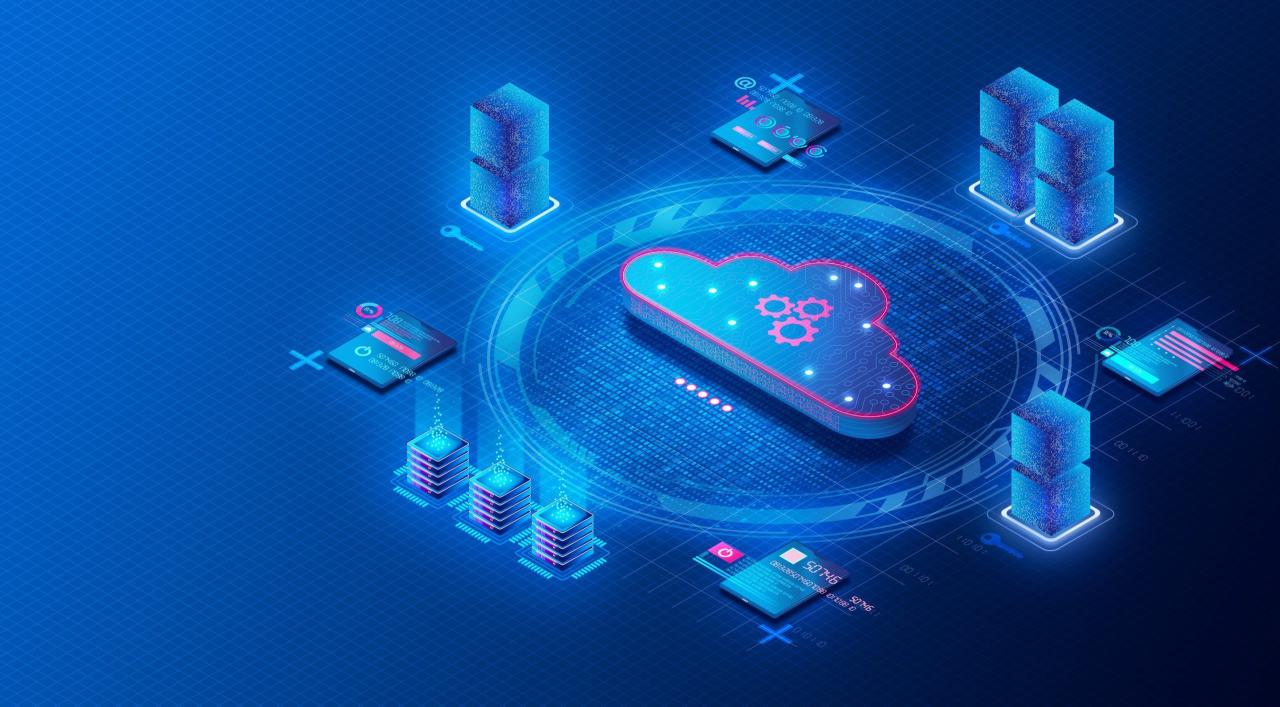
The current integration of AI is merely the beginning. The long-term vision for cloud infrastructure is one of complete autonomy, leading to an environment that is self-managing, self-securing, and self-optimizing.
A. Serverless and FaaS Maturation
AI will drive the next wave of serverless adoption, moving beyond simple Function-as-a-Service (FaaS) to fully integrated Application-as-a-Service. AI will automatically manage application packaging, dependency resolution, deployment pipelines, and scaling logic, abstracting the infrastructure layer almost completely.
B. Hyper-Personalized Compliance
AI will monitor regulatory changes (e.g., GDPR, HIPAA, CCPA) in real-time and automatically generate and apply hyper-personalized compliance controls across the multi-cloud estate. This ensures that a company’s compliance posture is always up-to-date with minimal manual effort, significantly reducing audit risk.
C. The Rise of Cognitive Edge
As Edge Computing expands, AI will become a mandatory component for operational feasibility. The cloud will become the training ground for sophisticated AI models, which are then deployed to the edge devices (factories, retail stores, IoT gateways). These edge AI models will perform local, real-time decision-making (e.g., predictive maintenance on factory floor equipment), communicating only essential insights back to the central cloud.
This distribution of intelligence—training in the cloud, inference at the edge—is the next architectural paradigm that will further drive demand for high-value cloud services and consulting, creating an excellent environment for high CPC keywords.
Conclusion: Investing in the AI-Cloud Convergence
The convergence of AI and cloud infrastructure is not a fleeting trend; it is the fundamental operating model of the digital future. Businesses that proactively embrace AI-driven solutions for FinOps, AIOps, and intelligent security will benefit from optimized costs, superior service availability, and a stronger security posture. The transition demands investment in new tools, upskilling of teams, and a strategic commitment to data centralization. However, the reward is an IT environment that is not just reactive, but cognitive, predictive, and truly autonomous. This is the pathway to sustained digital success and the maximization of cloud investment ROI in the competitive global market.

